Agios Georgios is a village in the Lasithi regional unit on the island of Crete, Greece. It is located on the Lasithi Plateau at an altitude of 837 meters. The village is the second-largest settlement in the Municipality of Oropedio Lasithiou.
Agios Georgios was formed by the merging of two settlements: Kato Chorio (or Agios Georgios) and Pano Chorio (or Plathianos). These were separate villages until the 1950s when a central road was built, effectively uniting them.
History
-
Venetian Period:
- 1211: Crete, including Lasithi, came under Venetian rule.
- Rebellions: Due to the frequent rebellions against Venetian rule, the Venetians, in 1340, prohibited habitation on the Lasithi Plateau, which served as a natural refuge for the rebels. This prohibition lasted for 120 years.
- 1460: The Venetians decided to repopulate the plateau for economic reasons, mainly for the production of cereals. They undertook drainage works to make the land suitable for cultivation and granted it to Cretan farmers and settlers from areas of the Peloponnese recently conquered by the Ottomans.
- Metochia: These settlers lived in temporary settlements called “metochia” (hamlets) and were only allowed to stay seasonally during cultivation.
- Formation of Villages: These “metochia” eventually evolved into the villages of the Lasithi Plateau, including Agios Georgios and Plathianos.
- 1583: The census of Castrophylacas does not mention Agios Georgios or Plathianos.
- 1630: The census by Francesco Basilicata records a small population in the “metochia” that would later become Agios Georgios.
- Venetian Storehouses: The Venetians built central storehouses in the area of Moro, near Agios Georgios, to collect grain and other agricultural products from the Lasithi Plateau.
-
Ottoman Period:
- Ottoman Rule: During the Ottoman period (1669-1870), Mesa Lasithi was the administrative center of the Lasithi province.
- Injustices and Resistance: Local Ottoman officials often committed injustices against the Christian population. One notorious Janissary, Tsoulis Agas from Askoi Pediados, who managed the taxes of the Lasithi province, was killed by Christian residents, including one from Agios Georgios.
- Cretan Revolts: Agios Georgios participated in the Cretan revolts of 1821 and 1866, resulting in the destruction and depopulation of the province.
- 1834: The census by Robert Pashley records a total population of 100 families in Agios Georgios, Plathianos, Koudoumalia, and Avrakontes.
-
19th and 20th Centuries:
- 1879: A new administrative reorganization created the “Pera Dimos” (Further Municipality), which included Agios Georgios and Plathianos.
- 1881: The census records 384 inhabitants in Agios Georgios and 285 in Plathianos, with only 2 Turkish tax collectors.
- 1898: After the Cretan Revolution of 1897, Agios Georgios became part of the Cretan State until Crete’s union with Greece in 1913.
- 1951: Agios Georgios had its largest recorded population of 1312 inhabitants. This census was the first to record Agios Georgios and Plathianos as a single entity following their official merger in 1944.
- Population Decline: Like many rural areas in Greece, Agios Georgios experienced population decline from the 1970s onwards due to urbanization.
Landmarks
- Church of Agios Georgios: The main church of the village, built in a neo-Byzantine style after the original church was demolished in the 1960s.
- Church of Agios Dimitrios: The church of Plathianos, the upper neighborhood of the village.
- Church of Agios Georgios Augousti: A Byzantine church, one of the few surviving from the period of Venetian depopulation.
- Church of Agia Pelagia: A church commemorating the abandoned settlement of Agia Pelagia.
- Folklore Museum: Founded by the Cultural and Folklore Association of Oropedio Lasithiou (ELSOL), the museum houses artifacts and exhibits related to local traditions.
- Eleftherios Venizelos Collection: Housed in the old primary school of Plathianos, this collection commemorates the Greek statesman Eleftherios Venizelos.
Present Day
The village has a population of 490 (2011 census). Amenities include a daycare center, kindergarten, primary school, public library, regional medical office, pharmacy, and tourist accommodation. Agios Georgios is the seat of the Hellenic Mountaineering Club of Lasithi.
The European long-distance path E4 passes through Agios Georgios, providing access to the Limnakaros Plateau and the peaks of Spathi (or Dikti) and Afendi Christos.
Village Key Points
- Historical References:
- 1583 census (not mentioned)
- 1630 census (small population in the “metochia”)
- 1834 census (100 families in the area)
- 1881 census (669 inhabitants in Agios Georgios and Plathianos)
- Location: Lasithi Plateau, Lasithi regional unit, Crete, Greece. 45 km from Agios Nikolaos, 60 km from Heraklion.
- Altitude: 837 meters
- Historical Significance: Originated as Venetian “metochia” (hamlets), important role in Cretan revolts, population changes due to urbanization and migration.
- Population:
YearPopulation158316301218341881669190090019209901928106219401300195113121961124619711130198110301991790200164020114902021544













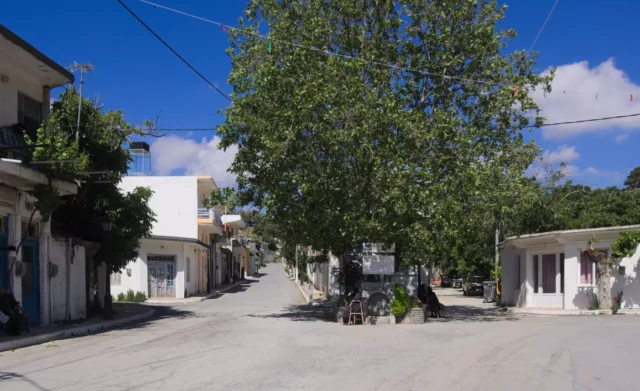



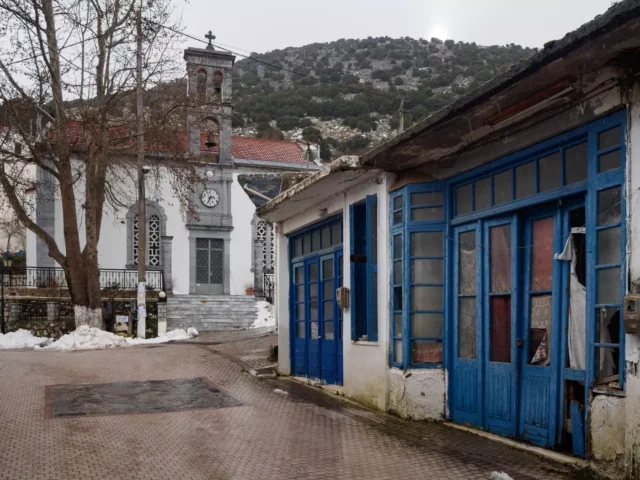
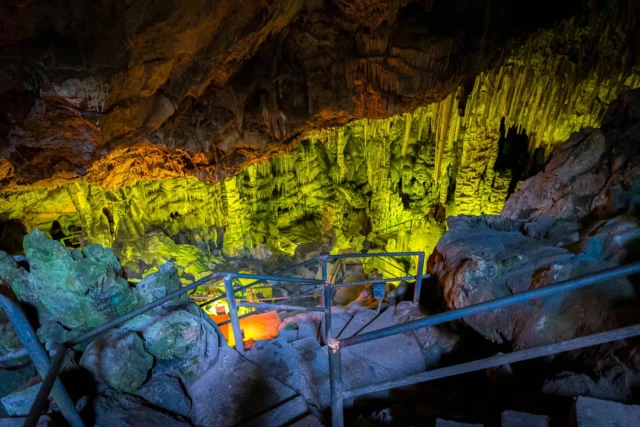


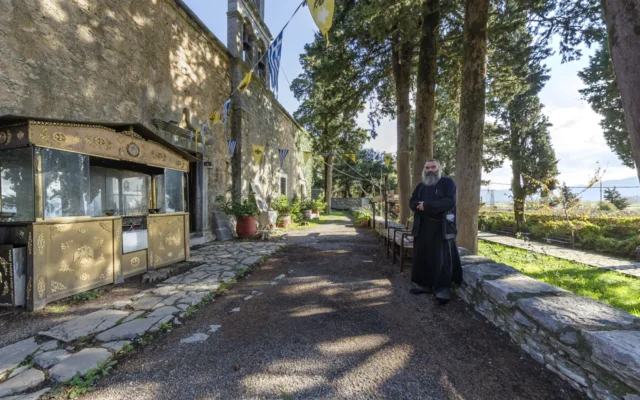
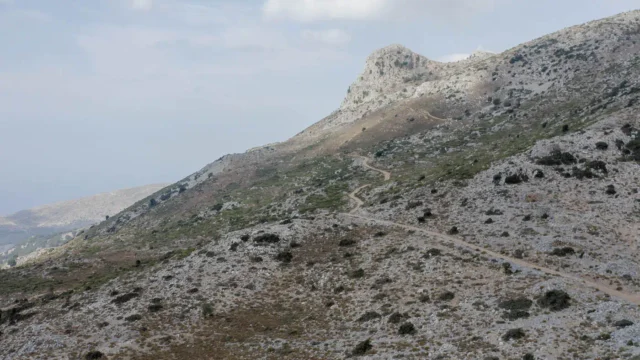
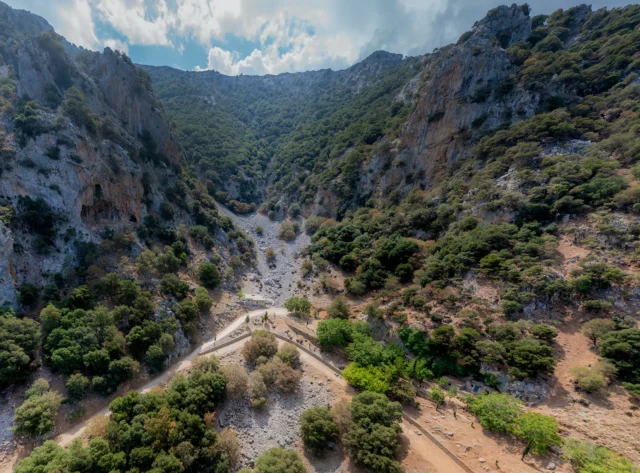

There are no comments yet.